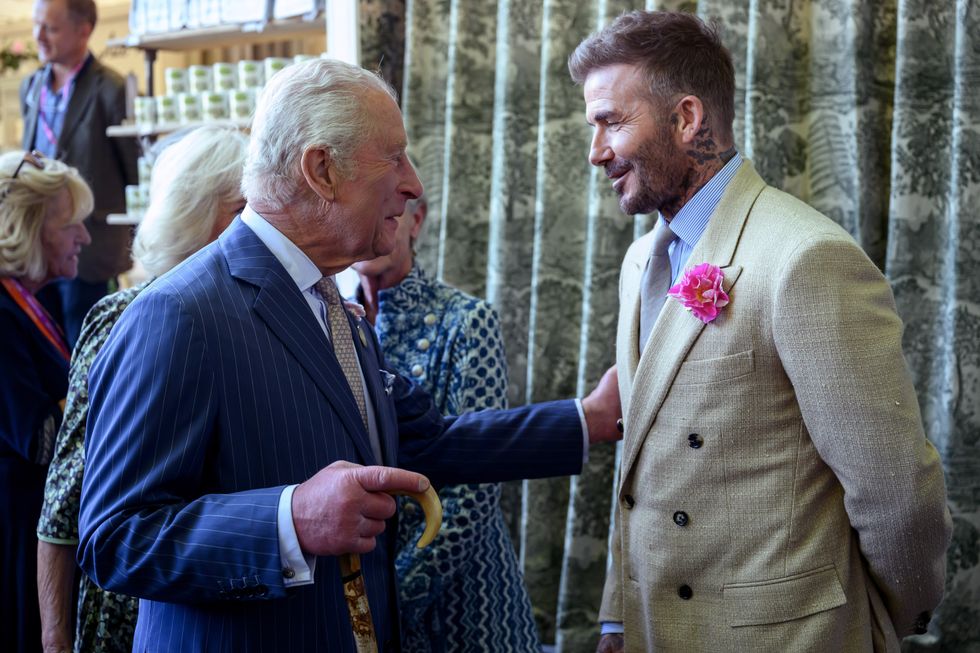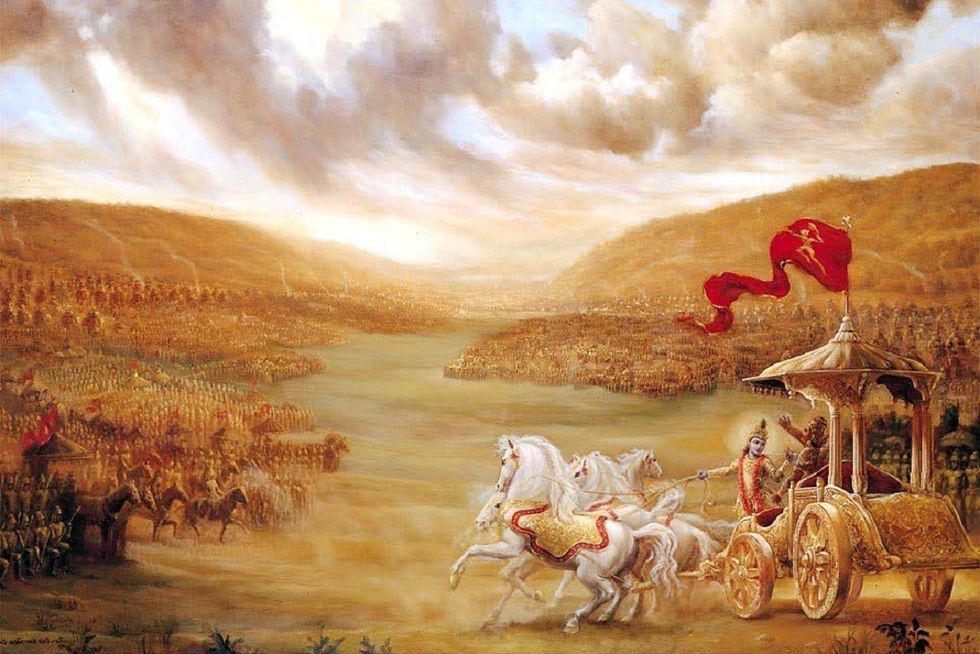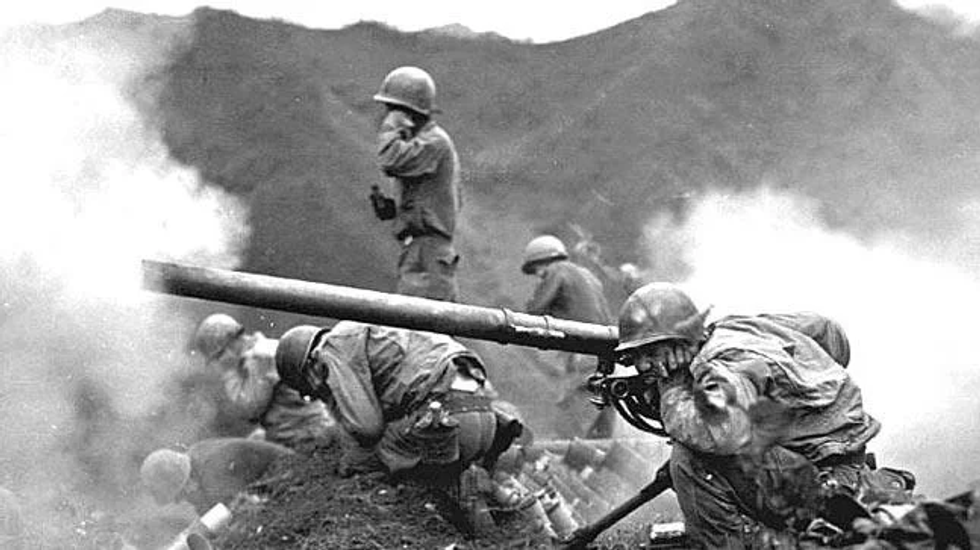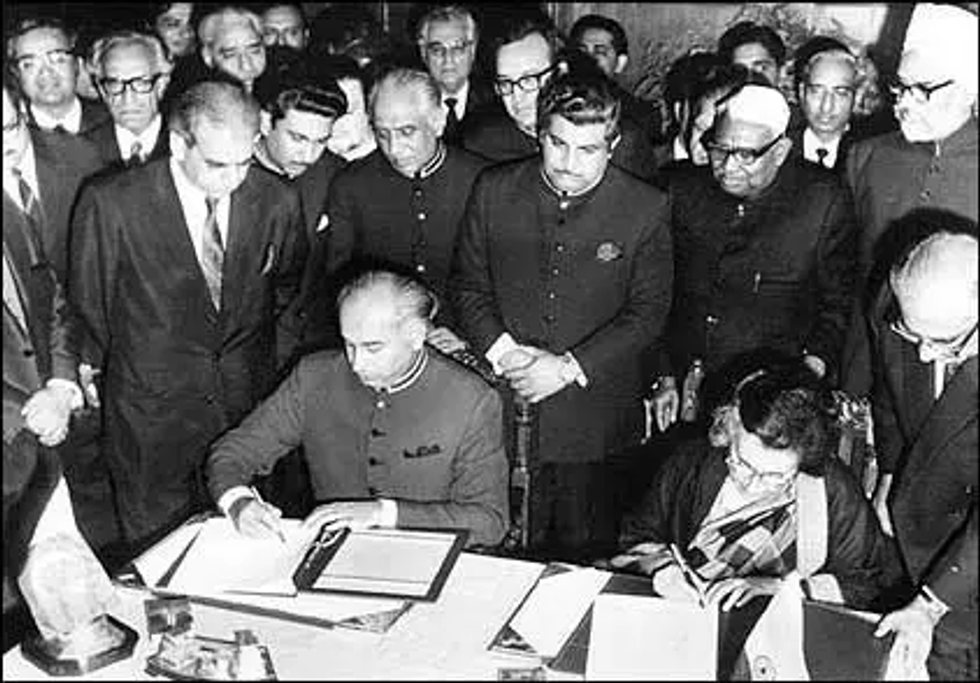by PRATIK DATTANI.
GANDHI’S VISIT OFFERED A STUDY IN CONTRASTS TO MODI IN LONDON.
HE CAME, he saw, and he didn’t quite conquer.
Rahul Gandhi’s visit to London this past week gave an insight into the kind of political leader he is trying to position himself as ahead of 2019, but also the kind of character he most definitely is not.
What surprised me is the lack of comparison in the Indian media with another, similar visit that happened earlier in the year – that of prime minister Narendra Modi. The administration of the Congress president’s visit was in stark contrast to the slick, megastar treatment on show at the prime minister’s two previous visits.
Modi’s Wembley visit in 2015 was a high-water mark for diaspora relations and showed why he stood head and shoulders above India’s political leaders in the 2014 elections. His visit in April [for the Commonwealth summit] this year tried to be more of the same, but ended as a paint-by-numbers show without quite the same resonance.
Neither Modi’s townhall with Prasun Joshi in April, nor Gandhi’s last week offered much in terms of specific policy discussion. But it revealed volumes in terms of their contrasting styles.
Much has been made of the fact that Gandhi poured a glass of water for his host Mukulika Banerjee, before he did so for himself. He also fielded questions without pre-screening.
Where Modi’s event management and performance was controlled and polished, Gandhi’s was laissez faire and more natural. He came across as honest, sincere and a nice guy to go to the pub with – not a pub in rural Britain perhaps, but certainly one with policy wonks in Westminster or St James.
Yet the visit missed some tricks. If you Google variants of “Modi in London April”, two types of images come up – those of huge protests in Westminster, and choreographed, professional images from his various meetings and his townhall with Joshi. Do the same for “Rahul Gandhi London” and there are far fewer Instagramable photos.
On Twitter and social media, there was less buzz. Modi’s character-busting #BharatKiBaatSabkeSaath hashtag was trending, while Gandhi didn’t generate quite the same energy from British social media influencers. The BJP’s YouTube video of Modi’s April
townhall, at the time of writing, has 247,000 hits, while the Congress’s equivalent has just over 4,000.
The visit happened over a bank holiday weekend when Parliament was in recess. Parliament had risen on July 24 and returns next Tuesday (4) – a visit planned even a week later would have got him larger crowds and some more handshakes with other political
leaders. There was an avoidable PR fiasco with the cancellation and subsequent reinstatement of a planned event in Parliament. With more focused messaging, this could have been avoided.
The venues that Gandhi’s team picked were also a fascinating contrast to those Modi chose – the LSE, the Royal Society of Medicine, a hotel in the London borough of Hillingdon with 43 per cent white British and 15.8 per cent Indian residents, and the respected IISS, a world-leading think tank on global security, political risk and military conflict. It showed the Congress president as someone who was willing to embrace a wider group of people, rather than just the business lobby. Still, the lack of corporates and senior, cross-party politicians
in his meetings is something I am sure he will want to address in his next visit.
These demographics notwithstanding, the cross section of people who came to see Gandhi speak was a textbook lesson in diversity. The front rows of Modi’s townhall was filled with East African origin Gujaratis working in finance or related jobs, many of whom had volunteered for the Wembley extravaganza and had risen through the ranks of the National
Hindu Students Forum in England. In Gandhi’s events, the audience included a more diverse set of Indians.
Attacking Modi was one of Gandhi’s two central themes during the visit. He played the hits of demonetisation, Rafale, Doklam, Nirav Modi and Vijay Mallya. The other theme was to repeatedly come back to the idea of listening better, introspecting about why the Congress needs to change and sharing a vision of a more inclusive India. He fared less well when pushed on details, once by Banerjee on secularism, and then on foreign policy at the IISS and Britain’s free public healthcare service at an event at the Royal Society of Medicine.
Many of those who follow Indian politics turned up less because they were enamoured by the Congress, but more because they were curious whether Gandhi really was the cartoonish ‘Pappu’ the BJP portrayed him as. But this visit painted a picture of the Congress chief as a warm, sincere, genuine public figure who was equally comfortable in the
company of students as he was among Punjabi diaspora and policy heads. He didn’t come across as the average Indian political leader – in fact, he specifically said he wasn’t thinking about the prime ministership in 2019.
Gandhi made a number of barbed attacks on Modi and offered an alternative vision of the country. Whether he is thinking about being prime minister or not, this was most certainly a visit that succeeded in burnishing some of his credentials among the Indian diaspora in the UK.
- Pratik Dattani is managing director of boutique economic consultancy EPG, based in London and Bangalore. He was a former UK director of FICCI.















 David Beckham wearing a David Austin Roses "King's Rose" speaks with King Charles III during a visit to the RHS Chelsea Flower Show at Royal Hospital Chelsea on May 20, 2025Getty Images
David Beckham wearing a David Austin Roses "King's Rose" speaks with King Charles III during a visit to the RHS Chelsea Flower Show at Royal Hospital Chelsea on May 20, 2025Getty Images

 Kurukshetra battlefield illustration
Kurukshetra battlefield illustration
 Chanakya
Chanakya  Shimla Agreement
Shimla Agreement Kargil War 1999
Kargil War 1999
Rahul Gandhi's UK report card